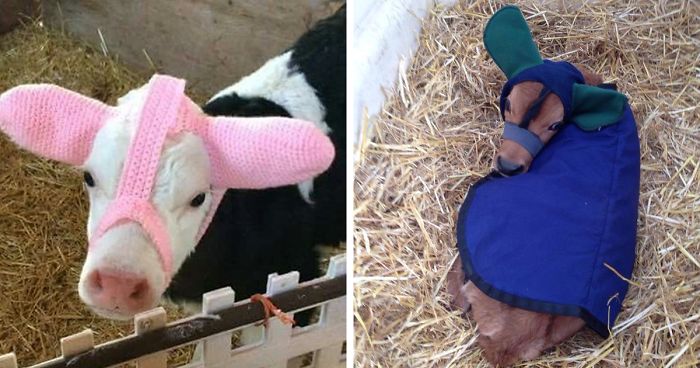
Turns Out, Farmers Are Protecting Their Calves From Frostbite With Earmuffs, And It’s Too Cute
Remember the times your mother made you wear those ear warmers your grandma knitted? Well, we’re not the only ones. Turns out, farmers are protecting their adorable animals from harsh weathers with knitted clothing as well. And since young calves are the most susceptible to these dangers, they get the most attention. Recently, Twitter user @ThisFarmingMan_ shared a picture of one especially cute calf rocking pink earmuffs and it snowballed like crazy. Now, the image has over 170K likes and has people obsessing with the baby cow fashion trends.
Image credits: ThisFarmingMan_
Image credits: kwqc
Image credits: PPPShowCattle
It is extremely important to protect calves from the cold as it can lead to severely frostbitten body parts as well as hypothermia and even death. “Frostbite is the damage to body tissues that occurs when these tissues freeze,” Dr. W. Dee Whittier wrote in a paper called Calves and the Cold. “The extremities are most at risk. Frozen ears and tails result in changes of cattle appearance but do not affect cattle performance significantly.” If a calf freezes its feet, however, it must be put to sleep or it will die.
Image credits: WFDF2016
“Newborn calves are most at risk because they are wet and because they have a large surface area in relation to their total body mass,” Dr. Whittier continued. “Calves are not fully capable of maintaining temperature the first several hours of life. Newborn calves have a circulatory system that is less able to respond to cold changes as compared to more mature animals.”
Image credits: WFDF2016
Weather conditions have a great effect on the risk of frostbite and hypothermia with wind often being the biggest factor. “The effect of wind is often referred to as wind chill and tells how living things ‘feel the temperature.’ Wind chill is often many degrees colder than the actual temperature. Humidity has a large effect on cold as well since humid air can take more warmth away from animals.”
Image credits: PPPShowCattle
When it comes to treating frostbite in cattle, Dr. Whittier recommends the following:
- Detect frostbite early. Examine newborn calves carefully when conditions create a risk. If ear-tips are frozen, there is a significant risk that feet may be experiencing damage as well.
- Thaw tissues as quickly as possible. Much of the damage of frostbite occurs during the thawing process. Ice crystals form that damage all tissues. A fast thaw decreases ice-crystal time.
- Once tissues are thawed, re-freezing must be prevented. This nearly always means housing with heat for several days. Because of damage to circulation from the initial freezing, these tissues will re-freeze very easily.
- Tissues that will recover from freezing should stay warm. If tissues are cold to the touch the next day, there has probably been enough damage so that blood supply is gone and the feet or other parts will become gangrenous.
Image credits: PPPShowCattle
Image credits: vitaplus
Image credits: vetishop
Image credits: unknown
Image credits: kwqc
Image credits: unknown
Image credits: PPPShowCattle
Here’s what people said about the latest cow fashion trends
I'd like to point out that ear muffs probably would not be necessary if the females weren't unnaturally impregnated during the spring in order to give milk. Most beef cows are bred in June so the mothers will give birth in spring when it starts to warm up. And if the calf isn't separated from the mother, the calf will stay by the mother when evening temperatures drop so there is no fear of frostbite. These are calves that have been torn away from their mothers to be hand raised or sent to veal farms so the mothers can go onto be milked. Very sad.
I was wondering where the mothers were. Must be terribly stressful for mom and baby.
Load More Replies...If they had been allowed to stay with their mothers and drink her milk like nature intended they would probably be ok but no, they are alone and drinking from a bottle. This is just another cover up of horrible practices made to look like 'ahhh look at the cute calf being looked after', so sad. The calves cry for mum, mum cries for the calves, it's heartbreaking, and all so we can drink some cow milk.
They don't produce milk because they are pregnant or really whole they're pregnant just like any animal milk only starts coming in very shortly before the baby is born then after the baby is born as long as they are milked basically. They can eventually dry up despite being milked but it's less common therefore they are usually bred once while they are about 2 years old them milked until they stop producing. It's actually counter intuitive to breed them since they can't be milked while pregnant. It's still not a great system I agree it would be better if they left calves with they mother until proper time to wean but if you're going to have such a strong opinion on something at least be educated on that thing and take the time to get unbiased information instead of just biased c**p spit out by PETA and other groups known for editing and twisting things to their message.
Load More Replies...Have had a few calves get frost bitten ears, and this would help. All but one stayed with mom, and that was because she rejected him.
I'd like to point out that ear muffs probably would not be necessary if the females weren't unnaturally impregnated during the spring in order to give milk. Most beef cows are bred in June so the mothers will give birth in spring when it starts to warm up. And if the calf isn't separated from the mother, the calf will stay by the mother when evening temperatures drop so there is no fear of frostbite. These are calves that have been torn away from their mothers to be hand raised or sent to veal farms so the mothers can go onto be milked. Very sad.
I was wondering where the mothers were. Must be terribly stressful for mom and baby.
Load More Replies...If they had been allowed to stay with their mothers and drink her milk like nature intended they would probably be ok but no, they are alone and drinking from a bottle. This is just another cover up of horrible practices made to look like 'ahhh look at the cute calf being looked after', so sad. The calves cry for mum, mum cries for the calves, it's heartbreaking, and all so we can drink some cow milk.
They don't produce milk because they are pregnant or really whole they're pregnant just like any animal milk only starts coming in very shortly before the baby is born then after the baby is born as long as they are milked basically. They can eventually dry up despite being milked but it's less common therefore they are usually bred once while they are about 2 years old them milked until they stop producing. It's actually counter intuitive to breed them since they can't be milked while pregnant. It's still not a great system I agree it would be better if they left calves with they mother until proper time to wean but if you're going to have such a strong opinion on something at least be educated on that thing and take the time to get unbiased information instead of just biased c**p spit out by PETA and other groups known for editing and twisting things to their message.
Load More Replies...Have had a few calves get frost bitten ears, and this would help. All but one stayed with mom, and that was because she rejected him.
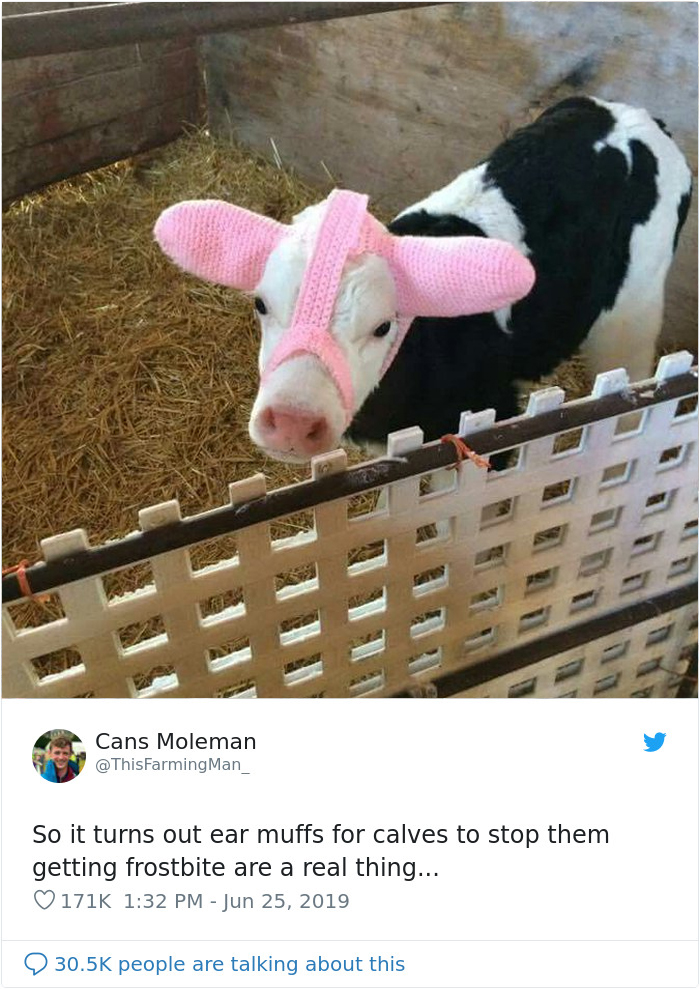
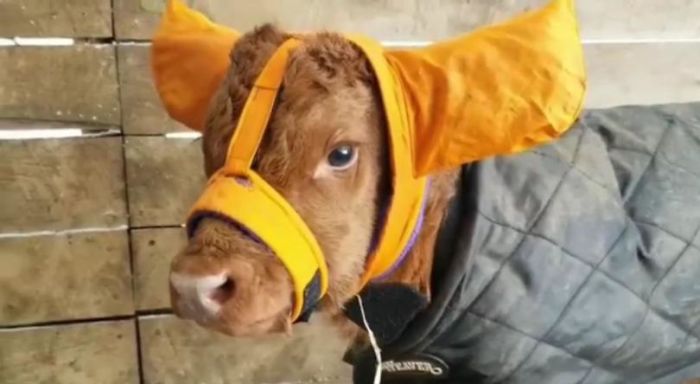
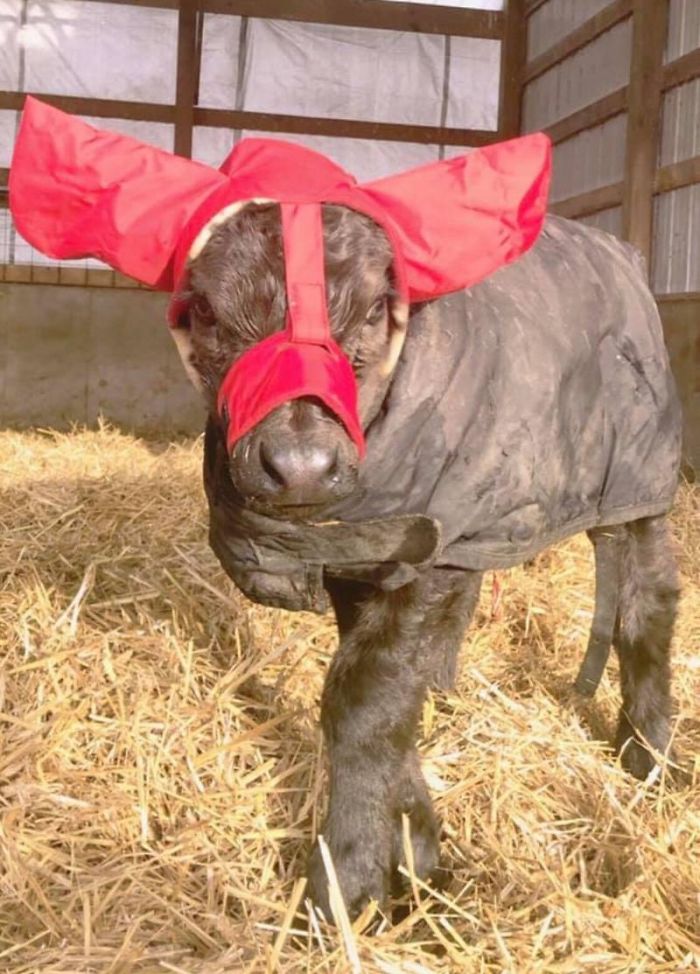
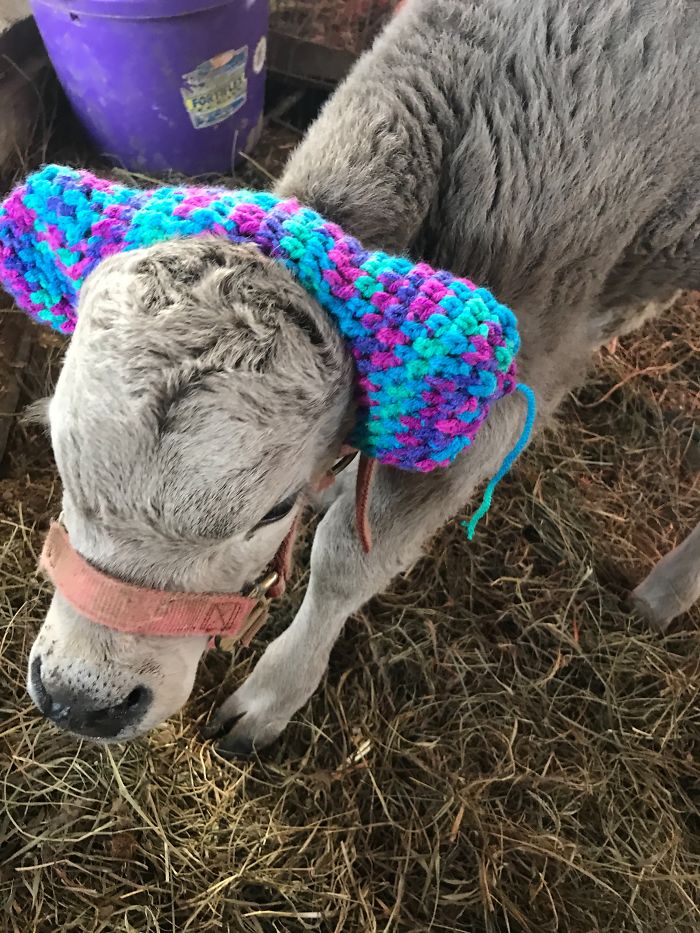
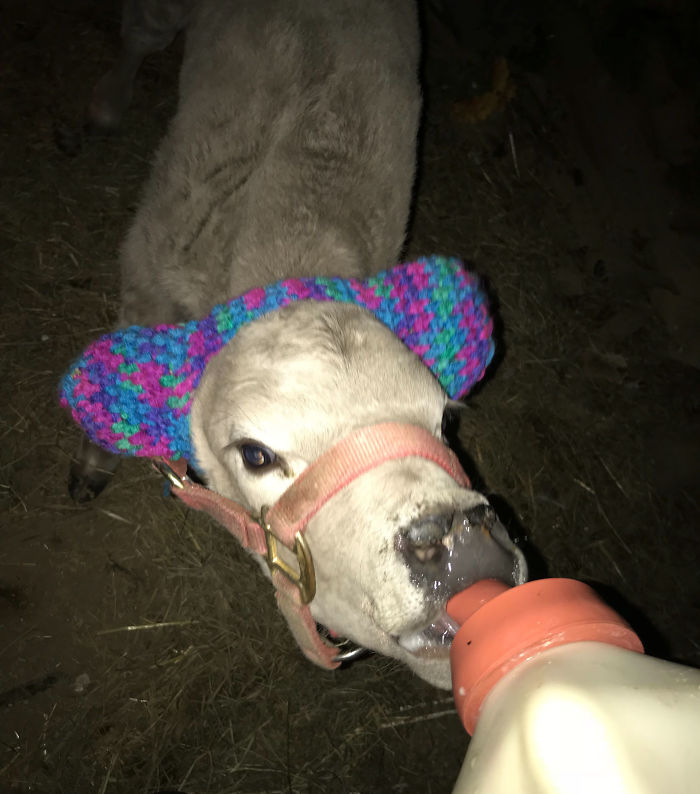
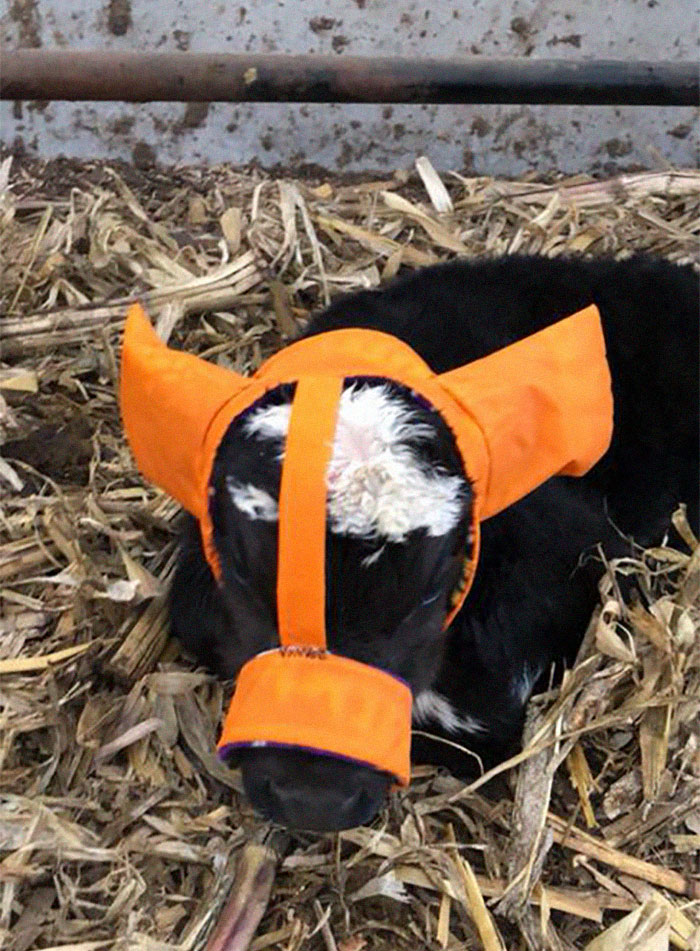
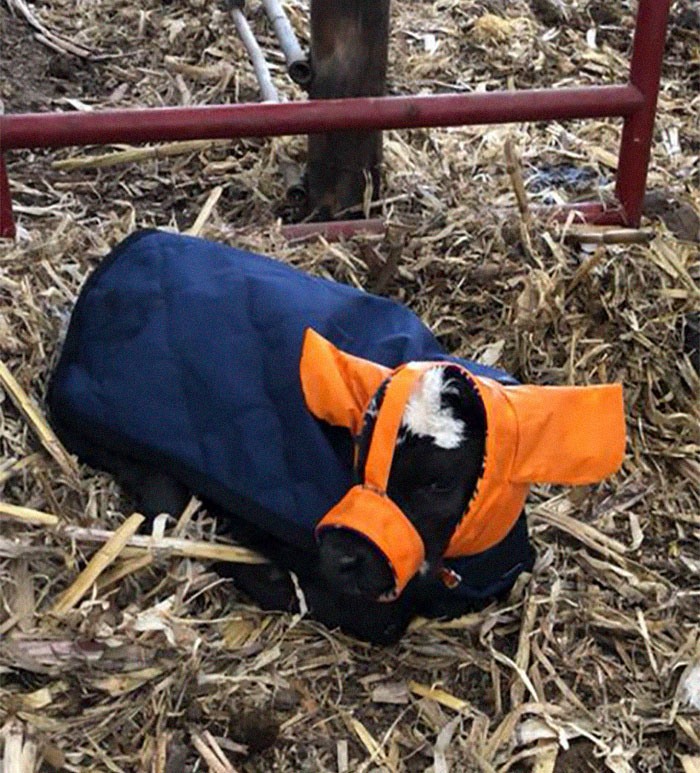
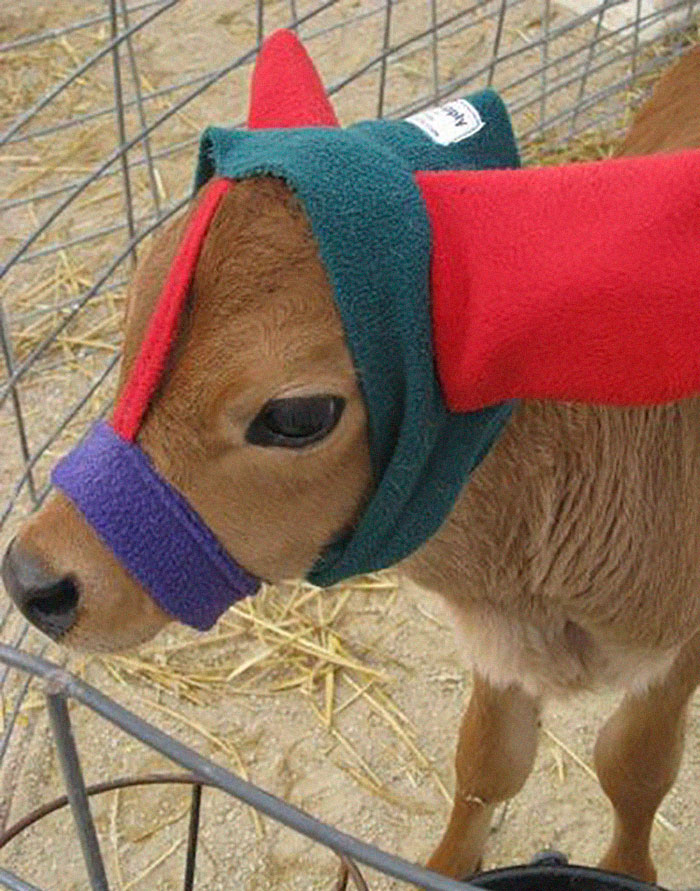
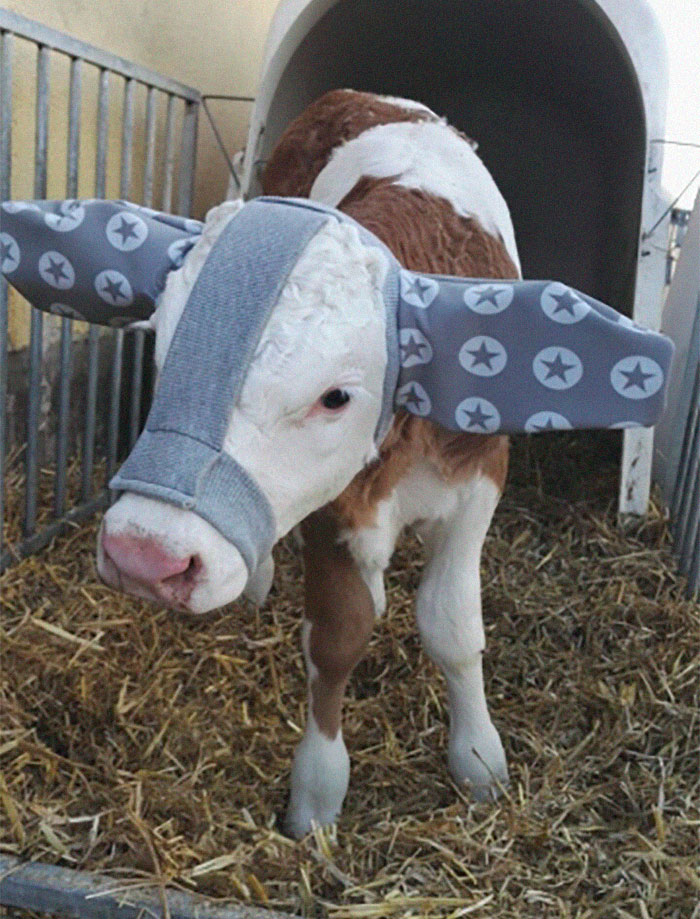
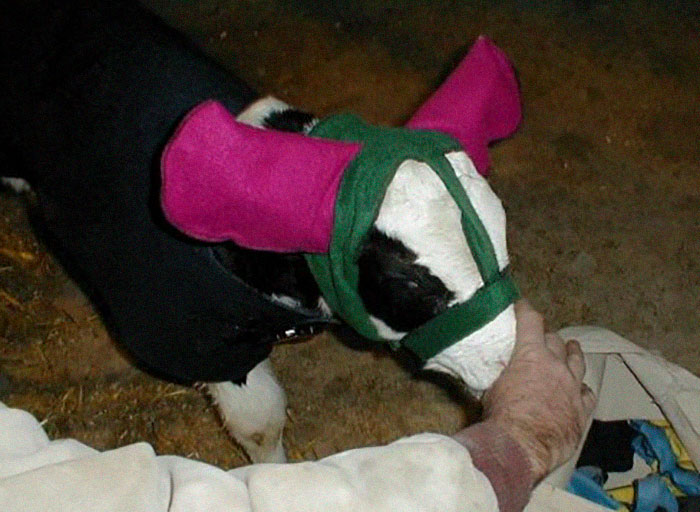
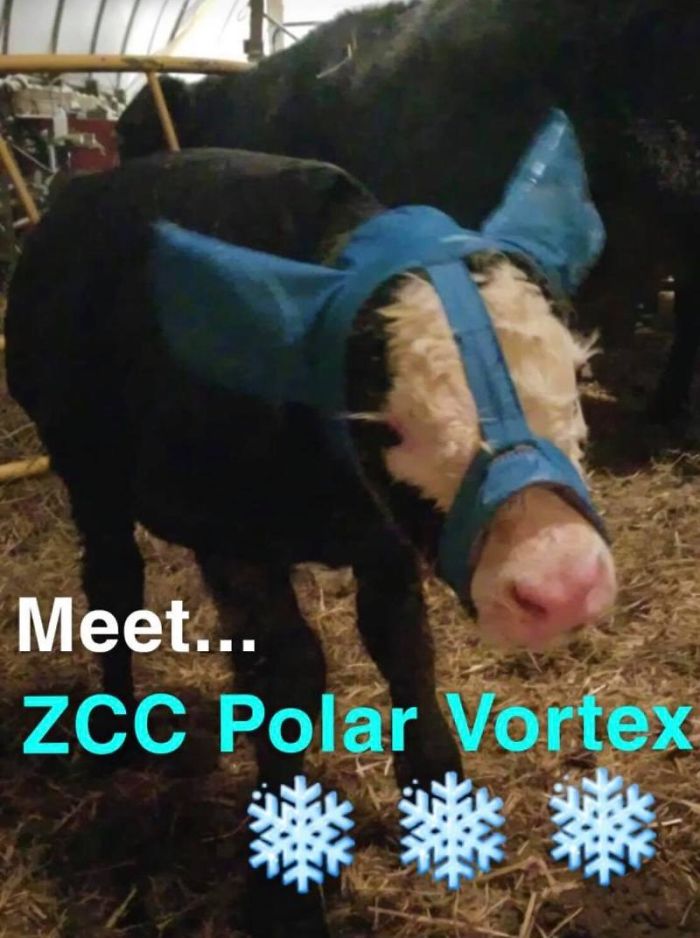
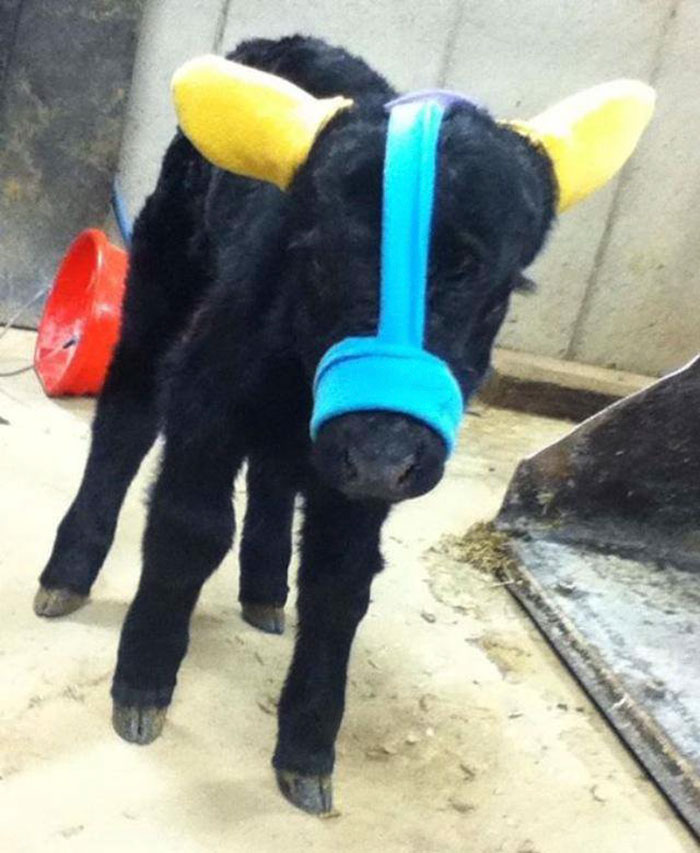
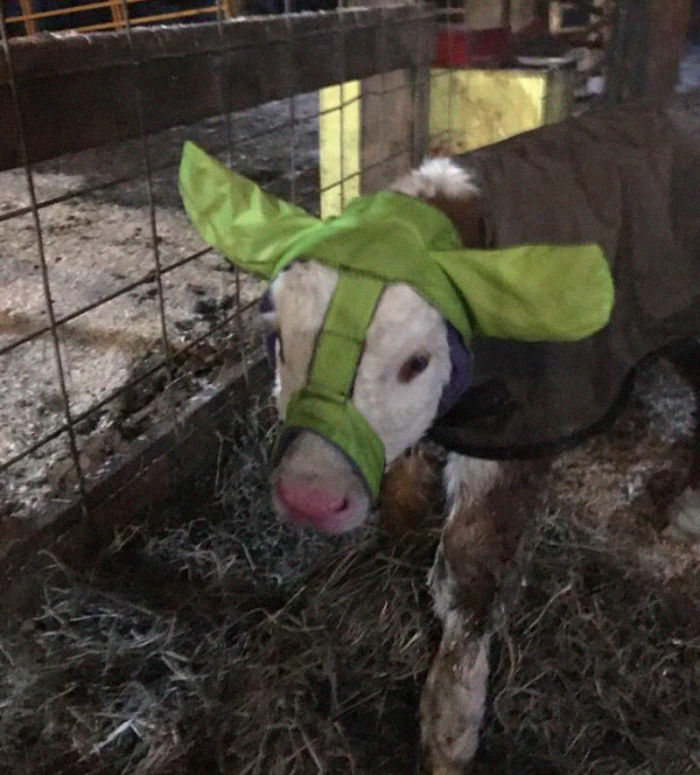





















351
51